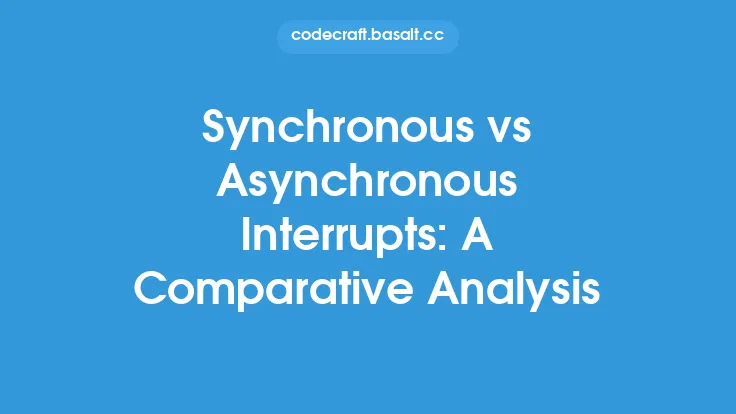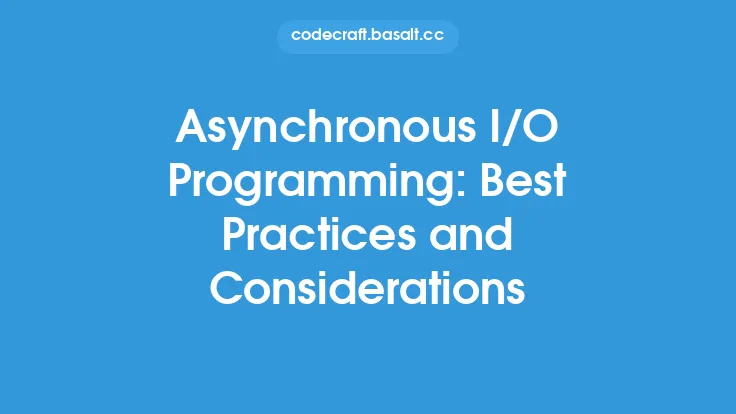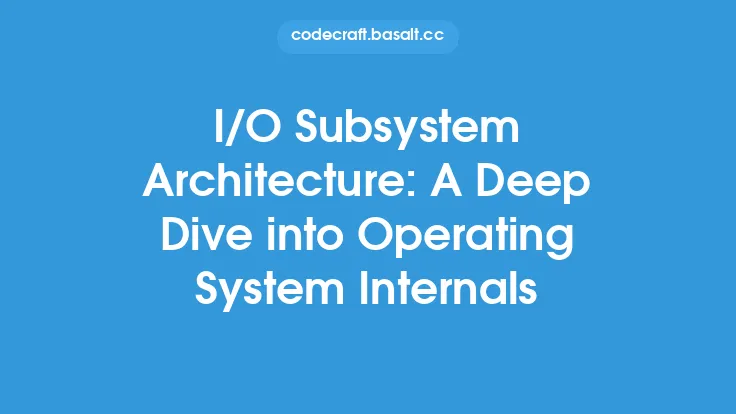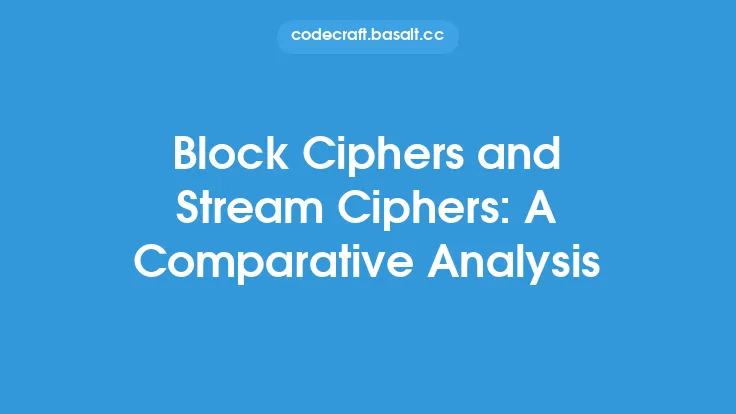In the realm of operating systems, input/output (I/O) management is a critical component that enables communication between devices and the system. Two fundamental techniques used in I/O management are interrupt-driven I/O and polling. These methods have been employed in various forms since the inception of computing, and their importance cannot be overstated. In this article, we will delve into the details of interrupt-driven I/O and polling, exploring their principles, advantages, and disadvantages, as well as their applications in modern operating systems.
Introduction to Interrupt-Driven I/O
Interrupt-driven I/O is a technique where the CPU is interrupted by a device when it requires attention. This interruption is a signal to the CPU that a device needs to transfer data, and the CPU must attend to it. The interrupt is generated by the device controller, which sends a signal to the CPU's interrupt handler. The interrupt handler then executes a specialized routine called an interrupt service routine (ISR) to handle the interrupt. The ISR determines the cause of the interrupt, performs the necessary actions, and then returns control to the CPU. Interrupt-driven I/O is widely used in modern operating systems due to its efficiency and responsiveness.
Introduction to Polling
Polling is a technique where the CPU continuously checks the status of a device to determine if it requires attention. The CPU sends a signal to the device controller, asking if it has any data to transfer or if it needs any attention. The device controller responds with a status signal, indicating whether it has any data to transfer or not. If the device has data to transfer, the CPU attends to it; otherwise, it continues to poll the device at regular intervals. Polling is a simple technique to implement but can be inefficient, especially when dealing with multiple devices or high-speed data transfer.
Comparison of Interrupt-Driven I/O and Polling
A comparative analysis of interrupt-driven I/O and polling reveals significant differences between the two techniques. Interrupt-driven I/O is generally more efficient than polling, as it eliminates the need for continuous polling. The CPU only attends to a device when it generates an interrupt, reducing the overhead of unnecessary checks. In contrast, polling can lead to a significant waste of CPU cycles, especially when dealing with devices that do not require frequent attention. However, polling can be useful in situations where the CPU needs to synchronize with a device or when the device does not have interrupt-generating capabilities.
Advantages of Interrupt-Driven I/O
The advantages of interrupt-driven I/O are numerous. Firstly, it provides a significant reduction in CPU overhead, as the CPU only attends to devices when necessary. This leads to improved system responsiveness and increased throughput. Secondly, interrupt-driven I/O enables the CPU to handle multiple devices concurrently, making it an essential technique in modern operating systems. Additionally, interrupt-driven I/O allows for more efficient use of system resources, as devices can be serviced on demand rather than continuously polled.
Disadvantages of Interrupt-Driven I/O
Despite its advantages, interrupt-driven I/O has some disadvantages. Firstly, it requires specialized hardware to generate interrupts, which can increase the cost and complexity of device controllers. Secondly, interrupt-driven I/O can lead to interrupt overhead, where the CPU spends a significant amount of time handling interrupts rather than executing application code. This can be mitigated through the use of interrupt prioritization and interrupt handling optimization techniques. Finally, interrupt-driven I/O can be sensitive to interrupt latency, where delays in interrupt handling can lead to data loss or corruption.
Advantages of Polling
Polling has some advantages, particularly in situations where interrupt-driven I/O is not feasible. Firstly, polling is a simple technique to implement, requiring minimal hardware support. Secondly, polling can provide a high degree of control over device synchronization, making it useful in applications where precise timing is critical. Additionally, polling can be used to detect device failures or errors, as the CPU can continuously monitor device status.
Disadvantages of Polling
The disadvantages of polling are significant. Firstly, polling can lead to a significant waste of CPU cycles, especially when dealing with devices that do not require frequent attention. This can result in reduced system responsiveness and increased power consumption. Secondly, polling can be inefficient in handling multiple devices, as the CPU must continuously check each device's status. Finally, polling can lead to increased latency, as the CPU may not attend to a device immediately, resulting in delayed data transfer.
Applications of Interrupt-Driven I/O and Polling
Both interrupt-driven I/O and polling have various applications in modern operating systems. Interrupt-driven I/O is widely used in disk I/O, network I/O, and keyboard/mouse input, where devices generate interrupts to signal data transfer. Polling is used in applications where precise timing is critical, such as in real-time systems, embedded systems, and device synchronization. Additionally, polling is used in situations where interrupt-driven I/O is not feasible, such as in legacy systems or devices without interrupt-generating capabilities.
Conclusion
In conclusion, interrupt-driven I/O and polling are two fundamental techniques used in I/O management. Interrupt-driven I/O provides a significant reduction in CPU overhead, improved system responsiveness, and increased throughput, making it a widely used technique in modern operating systems. Polling, on the other hand, is a simple technique to implement but can be inefficient, especially when dealing with multiple devices or high-speed data transfer. The choice between interrupt-driven I/O and polling depends on the specific application, device capabilities, and system requirements. By understanding the principles, advantages, and disadvantages of these techniques, developers and system designers can create more efficient, responsive, and scalable operating systems.





